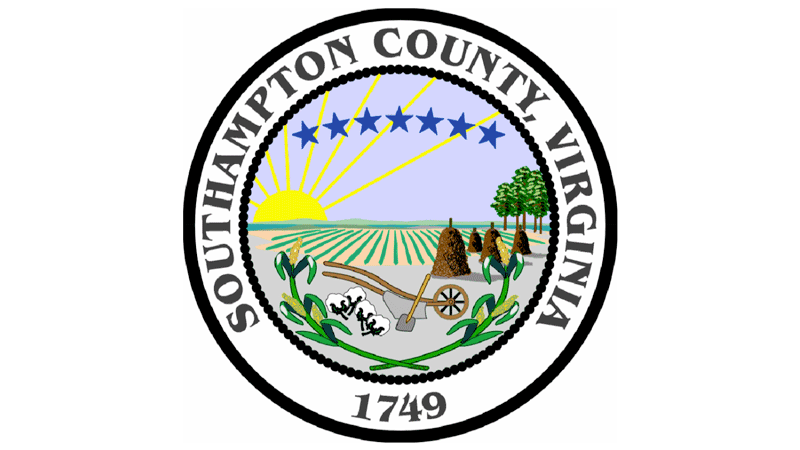Site of Vaughan home excavated
Published 11:36 am Saturday, April 9, 2011

An archeological crew spent a week excavating around the former site of the Rebecca Vaughan home on Barrow Road outside Courtland, which was the site of the last murders connected with the Southampton Slave Revolt in 1831.
COURTLAND—In an effort to restore a piece of Southampton County history, crews spent last week excavating the site where a now famous home once sat.
Bobby Southerlin and Mike O’Neal of Archeological Consultants of the Carolinas spent most of the week digging for clues to the architectural integrity of the plantation home of Rebecca Vaughan, which was the site of the last murders connected with the Southampton Slave Revolt in 1831.
The building was removed in 2004 by the Southampton County Historical Society, but crews excavated the site where the house once sat to help the society completely restore the building architecturally, Southerlin said.
“We came out to see if we could add any information for them in reconstructing the architectural features of the house,” Southerlin said.
For example, there was a question of whether the house was originally built on a foundation or was built on piers. He said a lot of the house was updated in the 1970s, causing the questions related to the foundation and other issues.
Southerlin said they found evidence in the form of a brick outline in the ground where the house sat to suggest that at least part of the house was built on a solid foundation.
“The brick outline was either a cellar or basement and it would have created a sub-floor,” Southerlin said. “This would have been like a three-story house.”
Census data from the time period suggests that Vaughan’s husband owned slaves, but it is unclear whether the slaves remained with the family after his death because there is no record of a will.
Southerlin said the room they found could have been for storage, or as slave quarters.
He said many of the things they’ve found can be linked to other residents, who lived in the house — built in the 1790s — both before and after the Nat Turner Slave Rebellion.
“This place is reeking with history, or I should say it smells good with history,” Southerlin said. “Reeking is probably the wrong word.”
Lynda Updike, president of the Historical Society, said plans are under way to restore the building’s architectural integrity and fill it with artifacts from the insurrection to serve as a museum.
“Our goal is to tell the whole story of the insurrection and the house is part of that,” she said.
Updike said with the new information about the foundation discovered by the dig, the society can now place the house on a proper base.
“We put the building on a solid foundation before (in 2004),” Updike said. “We want to do it right this time.”





